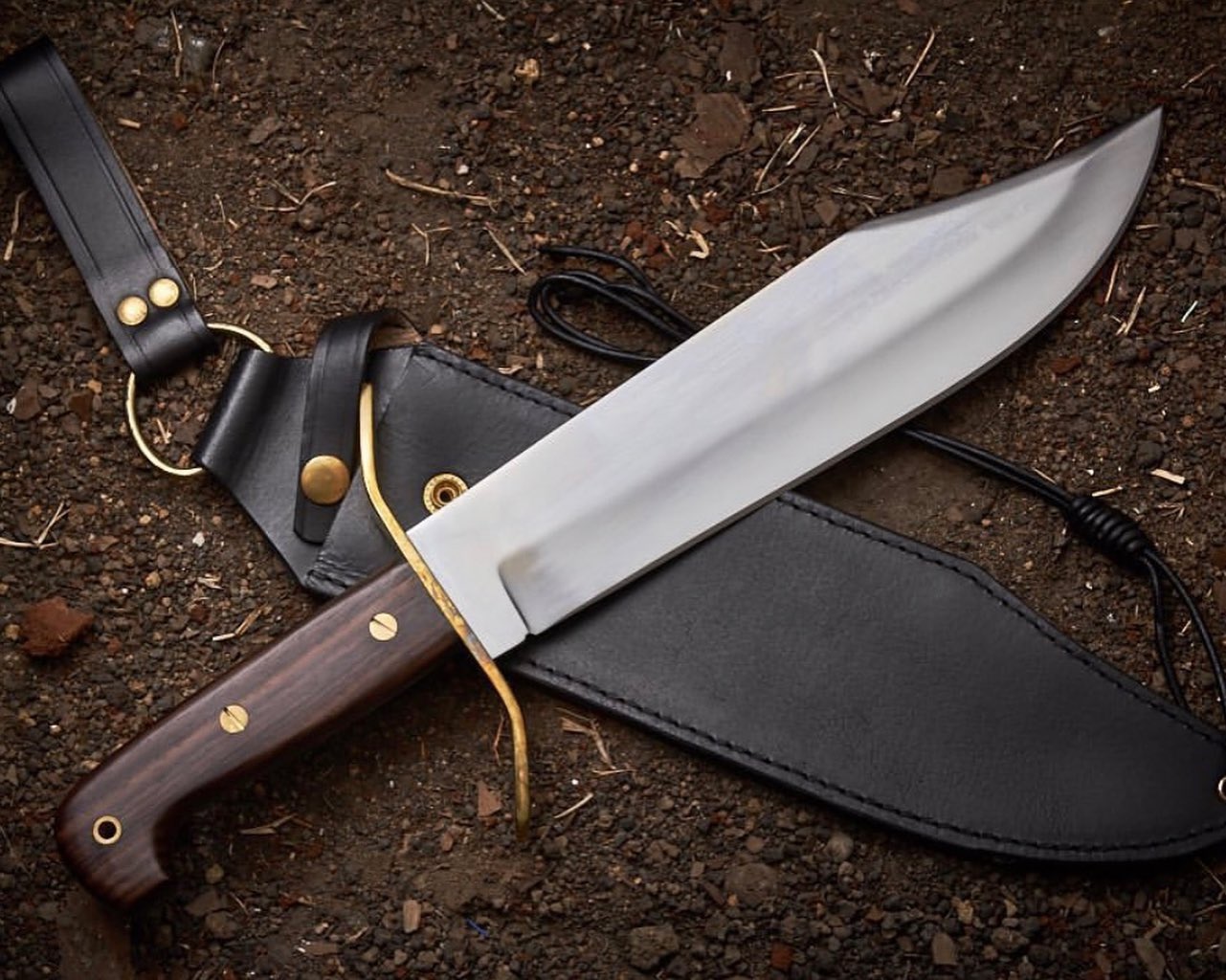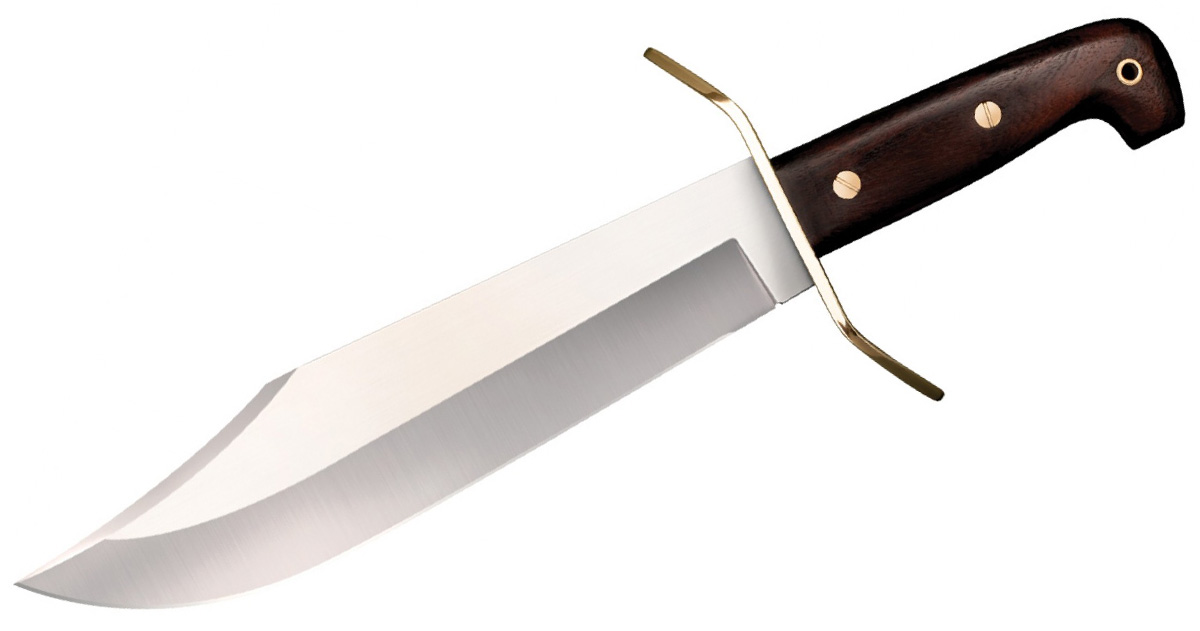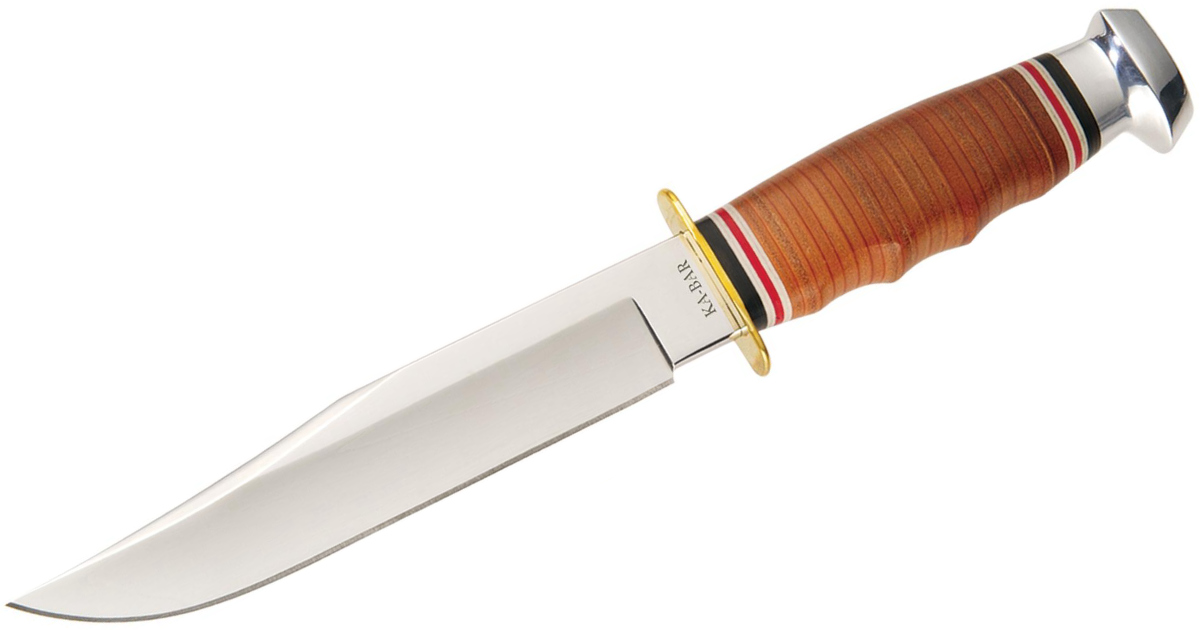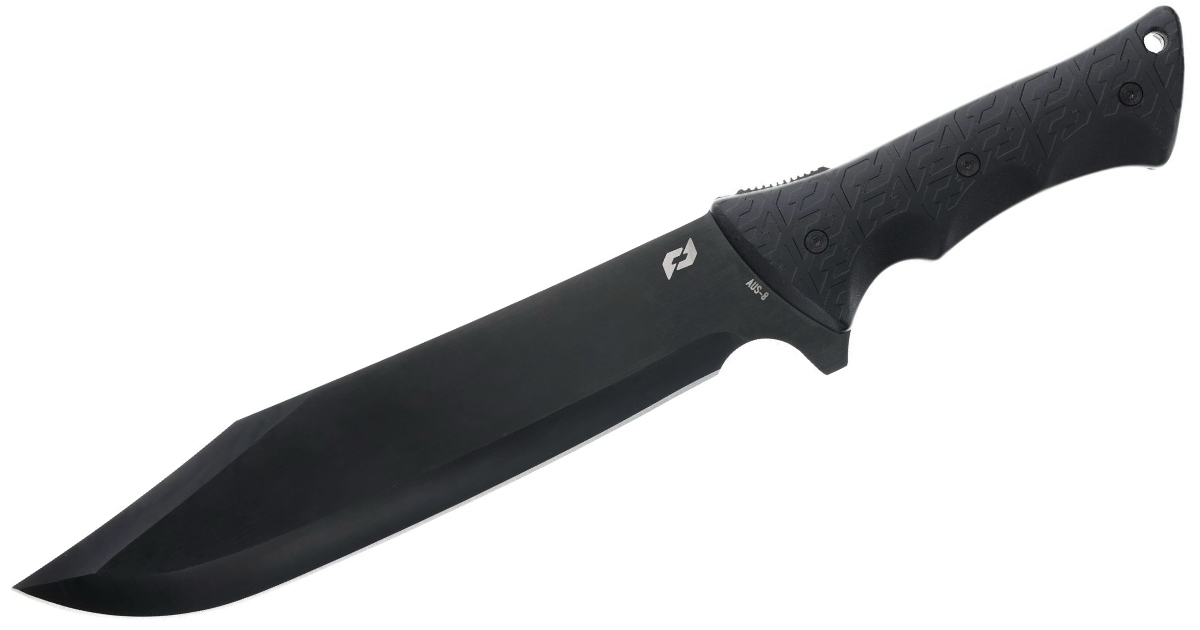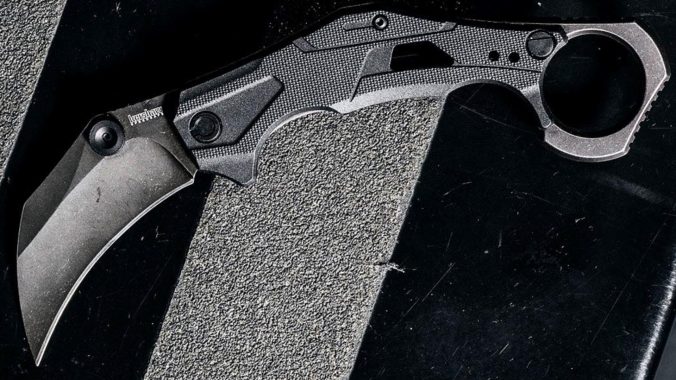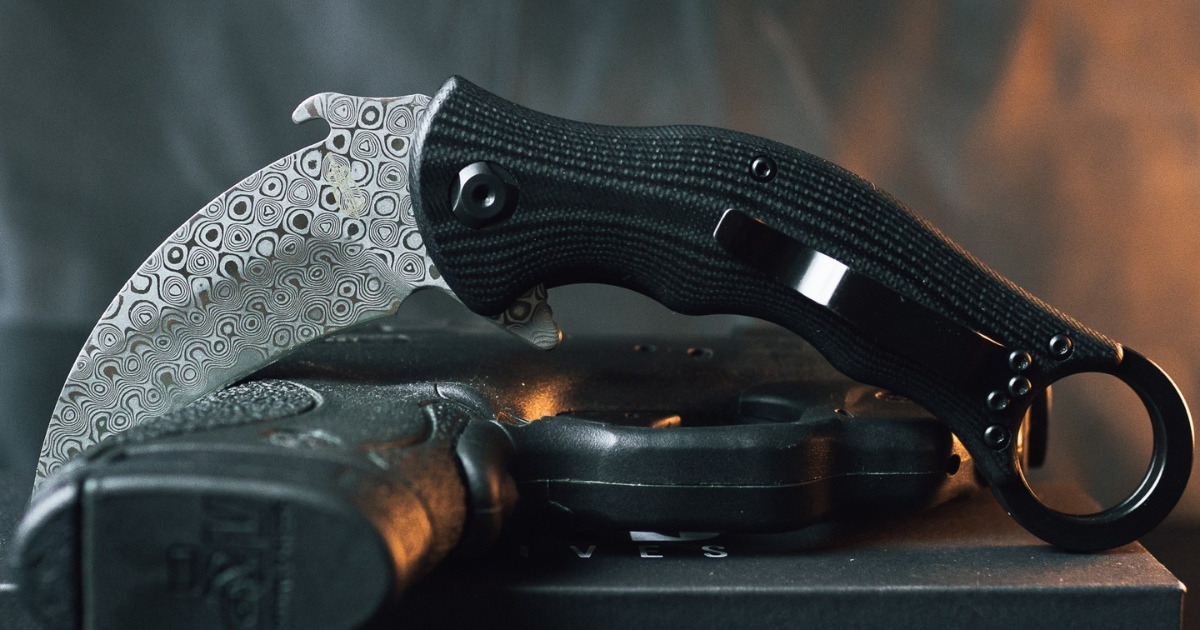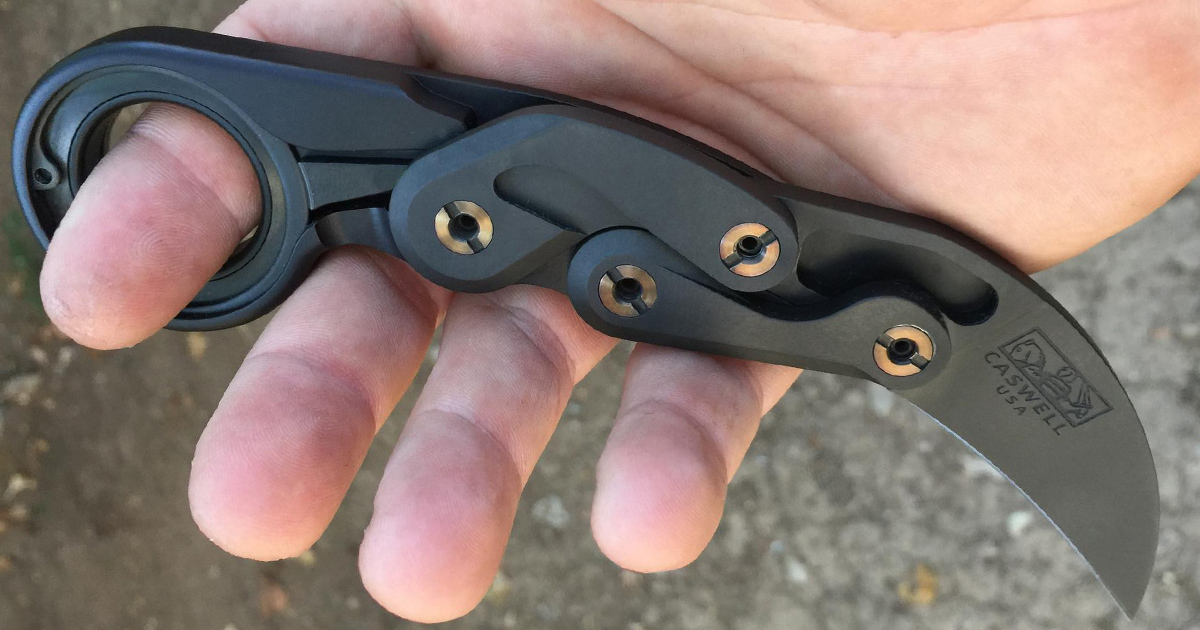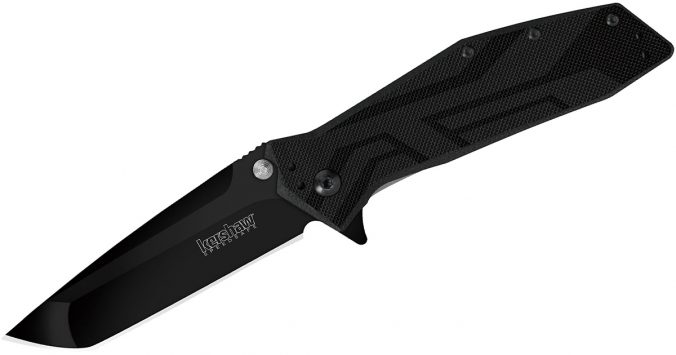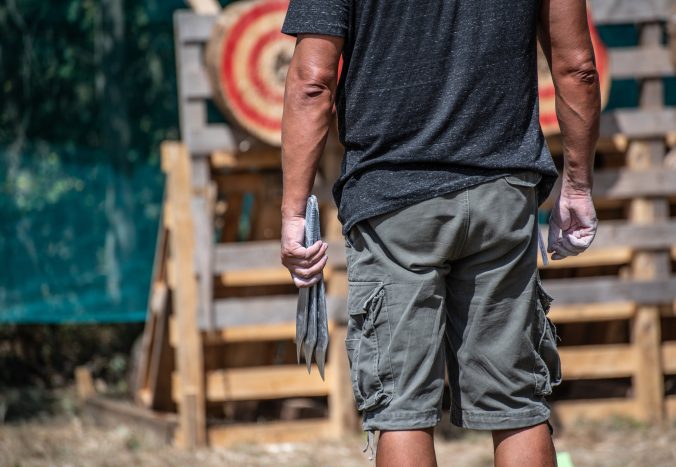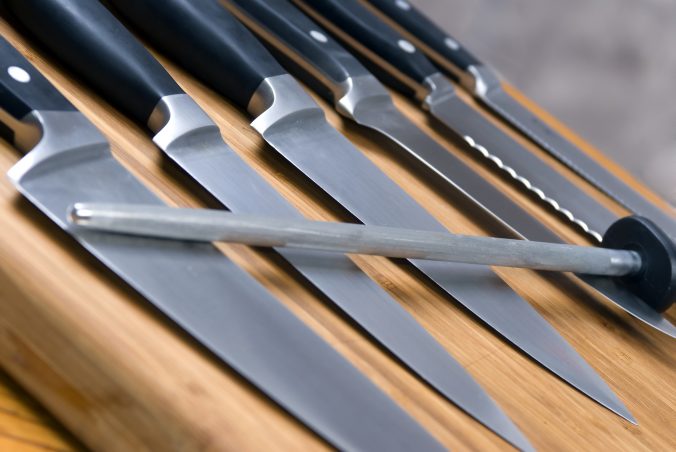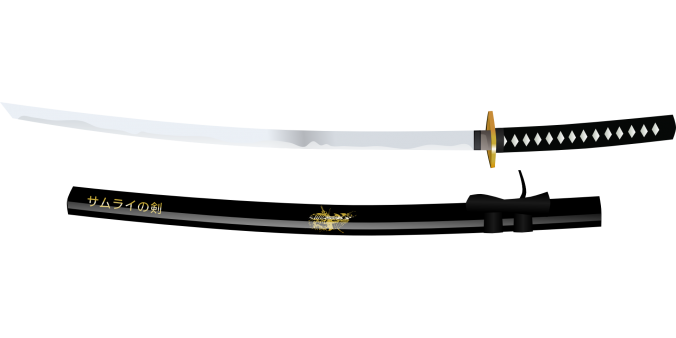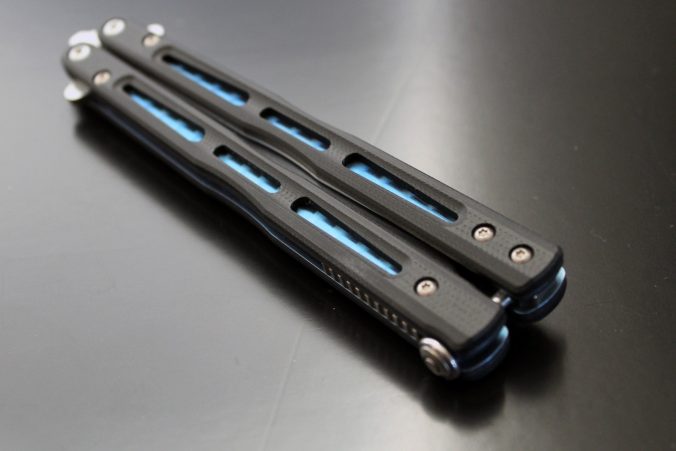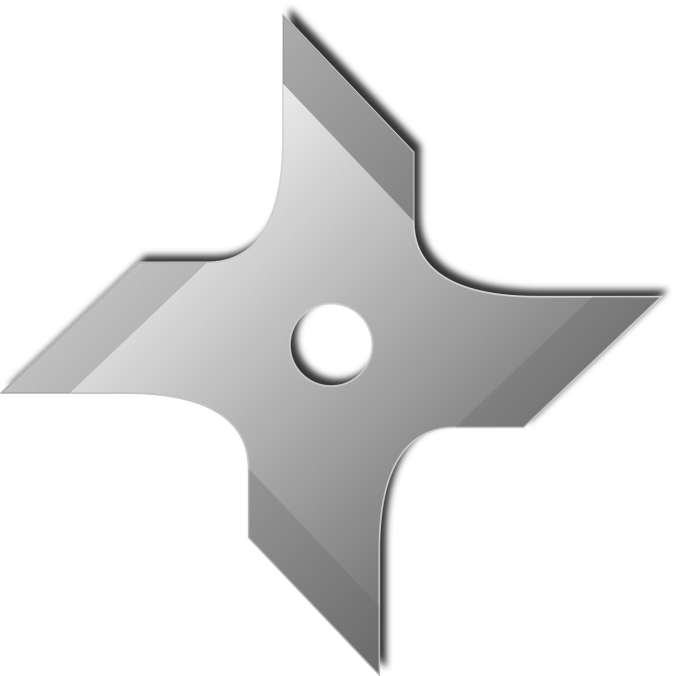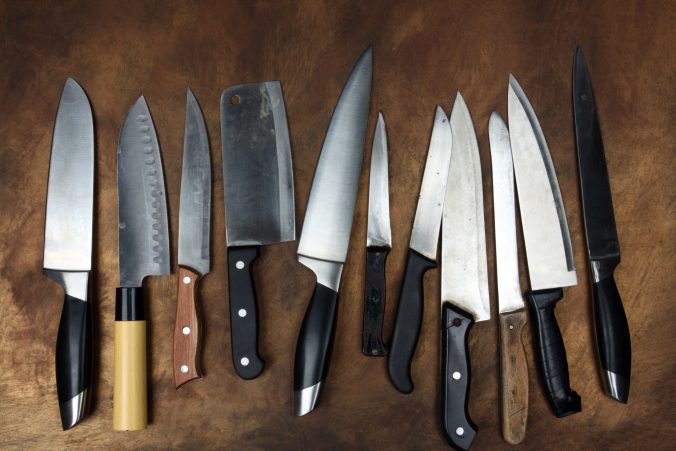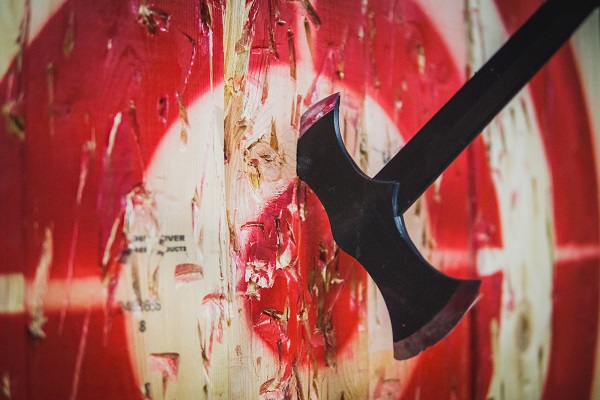Are you a kitchen wizard? Someone who wields a kitchen knife as if it were part of your hand?
Perhaps you’re more of an amateur—someone who aspires to culinary greatness, but still has a few things to learn.
Either way, you must be familiar with the different types of kitchen knives!
We think you’ll appreciate the array of kitchen knives and accessories we discuss in this article, so keep reading to learn more.
How Did Kitchen Knives Come to Be?
Like many things today, our modern kitchen knives have their origins in prehistoric times and have been refined ever since. Just as knives are now, prehistoric and ancient knives were at least as connected to fighting and warfare as they were to food preparation.
We find it surprising that some kitchen knives from earlier eras and cultures are making a comeback in the workshops of modern-day craftspeople. Knives made of wood and ceramic materials are some examples.
We’re here to discuss more traditional kitchen knives, though, so let’s move on.
Types of Kitchen Knives
Some categories of kitchen knives—for example, the paring knife of the chef’s knife—are present in nearly every well-furnished kitchen. However, there might be a few that are new to you as well.
Chefs’ Knives
Chefs’ knives are the kitchen workhorse. If you’re a serious cook, your chef knife (or knives) will be in the dish rack drying more than it’s in the knife block. This is a large, heavy knife that’s very versatile. It can cut meat, vegetables, and a lot more.
Bread Knives
Speaking of workhorse knives, bread knives are one of a few knives that you could find in anyone’s kitchen, whether cooks or non-cooks. Who doesn’t eat bread, after all? Everyone knows that truly delicious bread needs a sharp knife to cut it.
Paring Knives
Another workhorse knife (of a different sort, though) is the paring knife. This handy knife is used for small tasks like chopping herbs, slicing carrots or pepperoni, or even opening envelopes (be sure to wash the knife afterward, though).
Santoku Knives
These knives, which originated in Japan, are somewhat new to North America. They’ve certainly caught on, though! Santoku knives come in different styles and sizes and have uses that parallel those of Western knives.
However, the Santoku isn’t as tapered as most Western knives, and its blade has vertical indentations that help it move smoothly through some denser foods. Perhaps, too, we like it because of its distinctive look!
Steak Knives
Steak knives come in sets (usually of four or eight) and are popular gifts. Of course, these are excellent for cutting steak and other thick cuts of meat. We suspect a lot of people (like ourselves) use these for cutting apples and other everyday needs.
Boning Knives
This odd-looking and somewhat uncommon knife has a narrow blade that’s curved at the base. You use it to remove bones as well as butterflying cuts of meat. Boning knives are available in several different styles and sizes.
Fillet Knives
Fillet knives look a bit like boning knives but have even narrower blades. These blades are also flexible, making it much easier to work with fish than it would be otherwise. Like boning knives, these are unlikely to be found in every kitchen.
Cleavers and Butcher Knives
If knives are scary in general, a meat cleaver will scare the *#%$ out of you! This is one big, heavy monster of a knife that’s used by butchers or anyone with a lot of large pieces of meat (or an entire carcass) to cut.
The butcher knife is more benign and ordinary-looking and probably is more likely to appear in the everyday person’s kitchen.
Kitchen Shears
Kitchen shears are actually two knives working in sync. While you aren’t likely to cut your finger by touching one of the blades, the simple-machine mechanism of the shears allows them to cut through some of the toughest and most fibrous materials you use in the kitchen—from vegetable stocks to heavy twine,
Carving Knives and Forks
Carving knives and forks are the famous pairing that makes its appearance every year at the Thanksgiving table, or perhaps for a pork or beef roast for a different holiday.
The knife-fork combination is meant to anchor the uncut meat as well as place the slices on a platter.
All-Purpose or Utility Knives
You can never have enough all-purpose or utility knives in your kitchen—or utility room, workshop, garage, or anywhere you need a good knife with a solid handle. These come in lots of different shapes, sizes, and even colors.
Cheese Knives
Cheese knives are all over the map in terms of shape and design. This, no doubt, is because cheeses come in so many different shapes and textures, from soft brie to hard Parmesan.
We think the unusual designs also make them conversation pieces for dinner guests. There are other explanations out there, too, though.
Specialty or Exotic Knives
This last kitchen knife category is kind of a catch-all for any knives that don’t quite fit the other categories. An online search fora phrase such as “unusual-looking kitchen knives” should turn up some intriguing specimens for your enjoyment.
Not Exactly Kitchen Knives
We can’t end this article without mentioning both the array of knife sharpeners, holders, rolls, and racks. These are in addition to the many kitchen tools that aren’t knives per se but do have sharp blades.
Here, we’re referring to items like mincers, vegetable peelers, blenders, food processors, coffee or spice grinders, choppers, and an array of other utensils and appliances that owe their essential functions to the invention of the knife.
Functional Yet Objects of Beauty Nonetheless
Whether you’re a professional chef, a home chef or someone who dabbles in the kitchen, it isn’t hard to be fascinated by the many types of kitchen knives that are out there.
Don’t ever take your kitchen knives for granted. For one thing, they’re an investment—maybe collected one-by-one over decades or received as a gift all (or most) at the same time.
Your knives need regular cleaning and sharpening. If you do this conscientiously, they will last and serve you long enough for you to hand down to your grandchildren or grandnieces and nephews someday.
Still, you shouldn’t forget about our extensive collection of knives—kitchen knives and others. There’s always something you’ll want to add to your collection, and we probably have it available.
If you’d like to find out more about iconic knives you need to own, check out our blog post!
